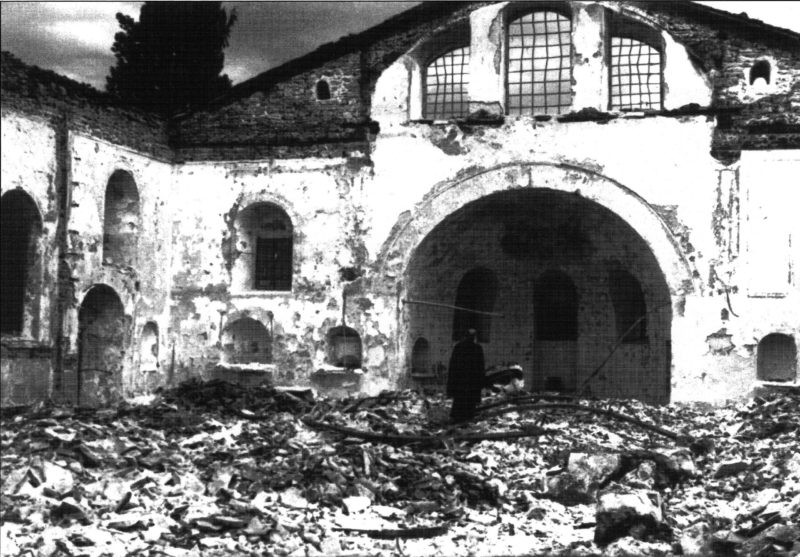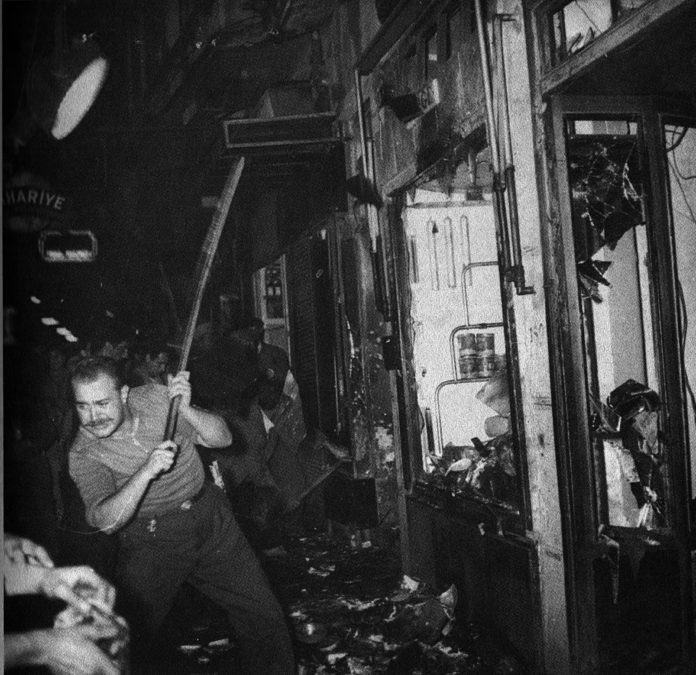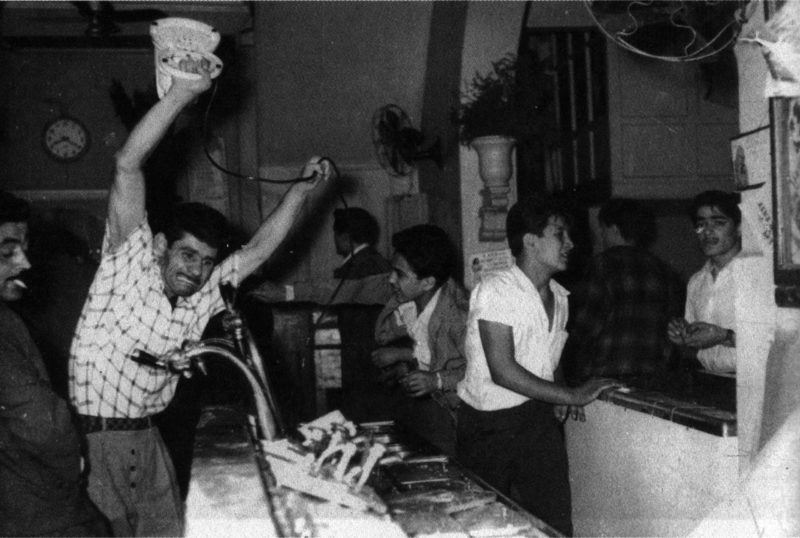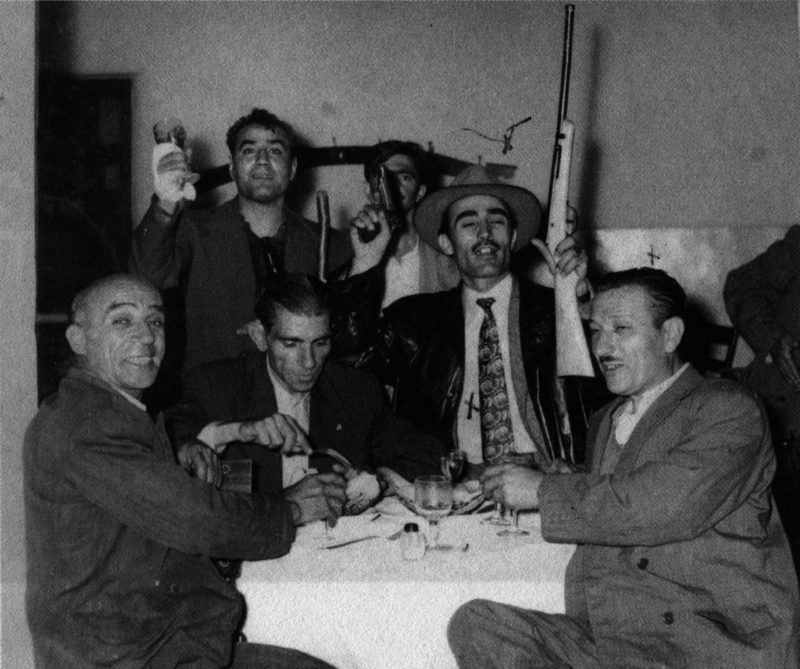PARIS – Among other notable historical anniversaries with significance for Armenians, this year brings the 65th anniversary of the pogroms in Istanbul on September 6-7, 1955. They had an important impact on the ethnic makeup of Istanbul and served to stiffen the resolve of many Greeks, Armenians and Jews to emigrate from Turkey. Varoujan Sirapian’s new book, Les pogroms de 6-7 septembre 1955, Istanbul-Izmir (Paris: Sigest, 2020) provides the basic information on these events for French-language readers, as there have been few works in French on this topic.

The book relies on three major sources, the massive academic study by Speros Vryonis, Jr., The Mechanism of Catastrophe (New York: Greekworks.com, 2005), Güven Dilek’s analysis in 6-7 Eylül Olayları (Tarih Vakfı, 2005), and the collection of photographs and documents of the Fahri Çöker archive (6-7 Eylül Olayları: Fotograflar-Belgeler, Tarih Vakfı, 2005), as well as a variety of articles and authors. More than half of the 176-page book consists of photographs of the violence and its aftermath, along with reproductions of articles in newspapers and some of the documents from Çöker’s archives.
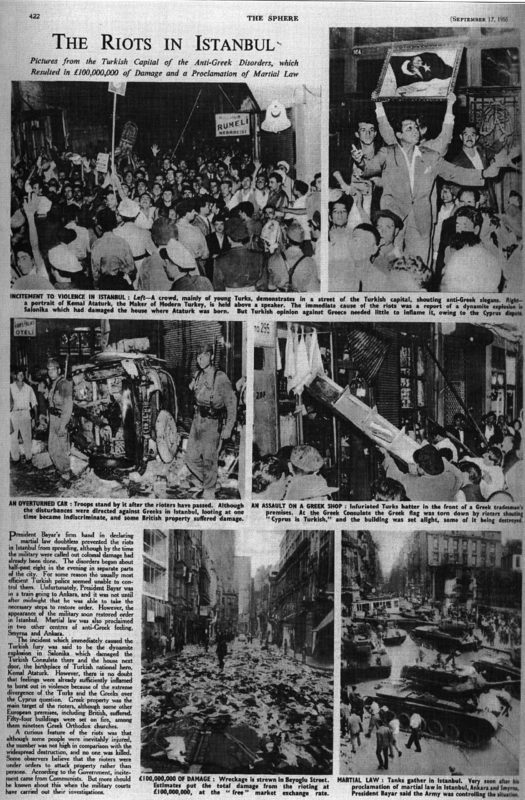
Sirapian said he had been planning his publication for some 10 years. Among the causes for this long delay was the need to obtain permission from Turkish publisher Tarih Vakfı to reproduce materials from the two aforementioned key books.

This is a work of outline and summation, not of original research, intended for a broad audience, but it does add several personal anecdotes as new source material. One such example concerns the author himself, who as an almost-10-year-old boy was jolted into realizing that the stories about what happened in 1915 and earlier to the Armenians were not just ancient history, but events that could recur. It made him realize that he had to leave his native country, but it took him 10 more years to become an adult and find the means to do so, and settle in France.
